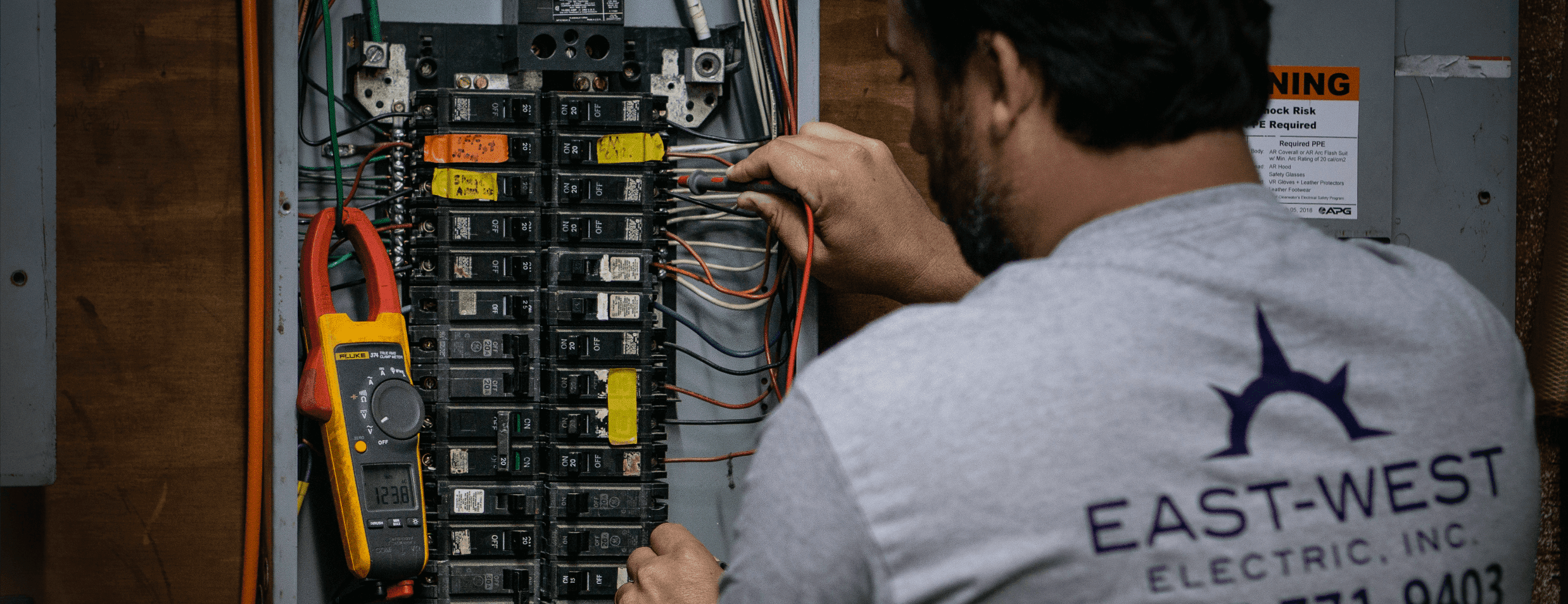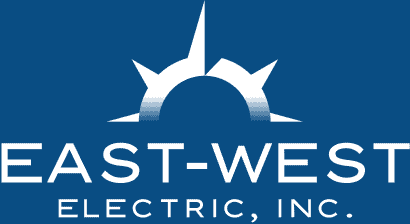A lightning arrester is a device that is used on electrical power and telecommunications systems to protect their insulation and conductors from lightning damage. However, when you have one installed, do you know how to maintain it? What types of lightning arresters there are? Which one is the one for you? Read on and learn all about it.
How Does a Lightning Arrester Work?
Lightning arresters help prevent lightning damage to the apparatus because of high voltages. The lightning arrester provides a low-impedance road all the way to the ground for the lightning’s current. It then restores to a normal operating condition. A lightning arrester can be compared to a relief valve on a water heater. It releases high pressure until it can work normally again. When the pressure returns to normal, then the safety valve is ready for the next move. When a high voltage exists on the line, the lightning arrester immediately forms a path to the ground, limiting and draining the excess voltage.
A lightning arrester has two functions:
- Providing a point in the circuit in which an overvoltage pulse can pass to the ground
- Preventing any follow-up voltage current from flowing to the ground
Types of Lightning Arrester
- Rod gap arrester
- Sphere gap arrester
- Horn gap arrester
- Multi gap arrester
- Electrolyte type arrester
- Metal-oxide lightning arrester
The perfect arrester should have the following characteristics:
- It should not draw any current during normal operating conditions.
- Any voltage that is abnormal above the breakdown value must cause it to break down as fast as possible. This is so that it may provide a conducting path to the ground.
- When the breakdown has taken place, it should be able to carry the resulting discharge current without getting damaged.
- The power frequency current following the breakdown must be interrupted as soon as the transient voltage has fallen below the breakdown value.
There are a lot of types of lightning arresters that are used to protect the power system. Choosing a lightning arrester depends on many factors like voltage and frequency of the line, cost, weather conditions, and reliability.
Maintenance of Lightning Arrester
The following are the steps necessary to maintain an arrester:
- Clean the outside of the arrester housing
- De-energize the line before handling the arrester
- Check the earth connection periodically
- Record the readings of the surge counter
- Securely fasten the line lead to the line conductor and arrester
- Securely fasten the ground lead to the arrester terminal and ground
Where a Lightning Arrester Should Be Located
An arrester should be located close to the equipment that is supposed to be protecting. Usually, they are connected between the phase and the ground in an AC system and the pole and the ground in a DC system.
If you have an extra-high voltage AC system, then the lightning arrester is used to protect generators and transformers as well as bus bars, lines, and circuit breakers. In an HVDC system, the lightning arrester is used to protect buses and valves converter unit reactors, etc.
Testing Lightning Arresters
If the protection fails and lightning strikes, the electrical system will introduce 1000 kilovolts that may damage all the transmission lines. This will cause severe damage to the transformers and other devices. Extreme voltage spikes caused by lightning can also damage home appliances that are why it’s incredibly important to run tests of arresters.
Testing should be scheduled like the following:
- Physical structures should have a visual check every 6 months
- The electrical test of the installations should be done once a year
- For systems that have strict safety requirements, the legislator can perform a comprehensive check. This might be necessary if lightning struck within a radius of the system in hand.
Expert Safety Electricians in Clearwater, FL
If you’re interested in having a lightning arrester in your building, contact the experts at East-West Electric. Our experienced electricians will help you out in no time. Call today at (727) 771-9403.
We’re the expert electrical company based in Clearwater, Florida. We service all of Pinellas County






